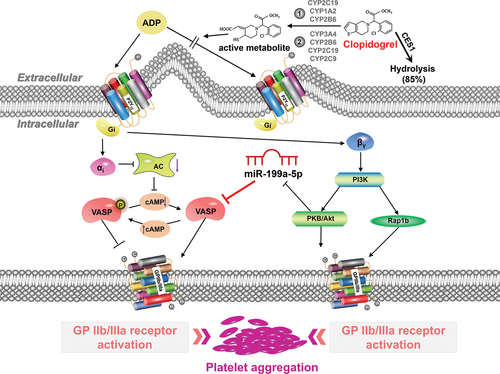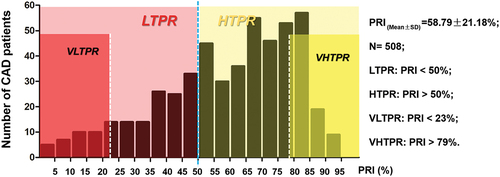Figures & data
Table I. General characteristics of the overall CAD patients and the patients for small RNA sequencing.
Figure 2. Influence of CYP2C19 enzyme on the PRI of Chinese CAD patients taking clopidogrel. (a) Association between CYP2C19 × 2 polymorphism and the PRI of CAD patients undergoing PCI (left) and CAD patients without PCI (right); (b) Association between CYP2C19 × 3 polymorphism and the PRI of CAD patients undergoing PCI (left) and CAD patients without PCI (right); (c) Association between the metabolic types of CYP2C19 enzyme and the PRI of CAD patients undergoing PCI (left) and CAD patients without PCI (right). p < .025 was considered significant.
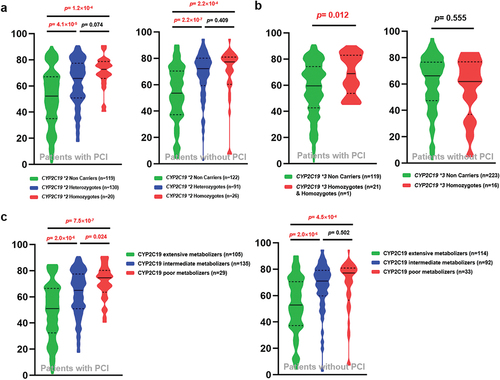
Figure 3. Differential expression analysis of miRnas in extreme clopidogrel response LDP samples. The volcano plots (a) and cluster analysis (b) of differentially expressed miRnas (11 VHTPR vs 11 VLTPR). KEGG enrichment analysis (c) of the candidate target genes of the differentially expressed miRnas (11 VHTPR vs 11 VLTPR). The volcano plots (d) and cluster analysis (e) of differentially expressed miRnas (3 EM VHTPR vs 10 EM VLTPR). KEGG enrichment analysis (f) of the candidate target genes of the differentially expressed miRnas (3 EM VHTPR vs 10 EM VLTPR).
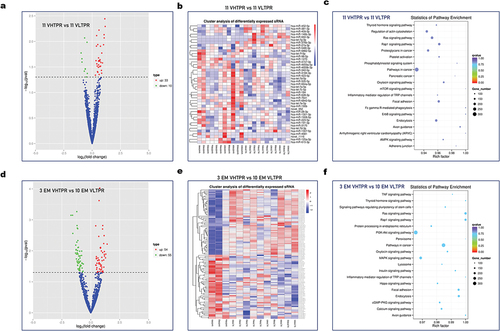
Figure 4. GO enrichment analysis of the obtained candidate target genes (a) 11 VHTPR vs 11 VLTPR; (b) 3 EM VHTPR vs 10 EM VLTPR). BP: Biological process; CC: Cellular component; MF: Molecular Function.

Figure 5. Validation of candidate miRNAsin LDPs samples from another 41 CAD patients. (a) Correlation between 6 candidate miRNA levels in LDPs samples and the PRI of the corresponding patients. (b) A significant negative correlation between the expression of miR-199a-5p and VASP mRNA expression in platelets.
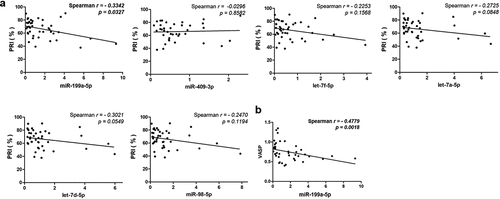
Figure 6. The regulation of miR-199a-5p on VASP. (a) The binding sequence of miR-199a-5p in the 3 ́-UTR of VASP. (b) The maps of the constructed pmirGLO-VASP-WT/Mut dual-luciferase reporters. (c) The partial sequences of two constructed vectors. (d) Dual-luciferase reporter assays to explore the regulation of miR-199a-5p on VASP. (e) Overexpression of miR-199a-5p down-regulates VASP expression in cells. All the experiments were repeated three times, independently.
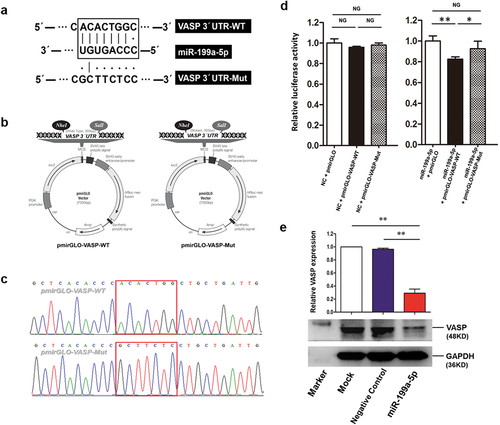
Figure 7. The mechanism of action of clopidogrel. Clopidogrel is a pro-drug and approximately 15% of the clopidogrel is metabolized into an active metabolite by CYP enzymes (include 2 steps: CYP2C19, CYP1A2 and CYP2B6 enzymes contribute to the formation of intermediate 2-oxo-clopidogrel, while CYP3A4, CYP2B6, CYP2C19 and CYP2C9 enzymes promote the conversion from 2-oxo-clopidogrel to active metabolites) after oral administration. The active metabolite can irreversibly bind to the P2Y12 receptor on the surface of platelets and block the activation of the P2Y12 receptor by adenosine diphosphate (ADP, a kind of P2Y12 receptor agonist). P2Y12 is a Gi- protein-coupled receptor and it can liberate the Gi protein subunits αi and βγ when activated. The αi subunit inhibits adenylyl cyclase (AC) and reduces Camp-mediated phosphorylation of vasodilator-stimulated phosphoprotein (VASP-P). However, VASP-P can effectively inhibit the activation of platelet GP IIb/IIIa receptor which plays vital roles in the activation and aggregation of platelets. The βγ subunit activates phosphatidylinositol 3-kinase (PI3K) which leads to the activation of the GP IIb/IIIa receptor through activating serine/threonine protein kinase B (PKB/Akt) and Rap1b GTP binding proteins.
